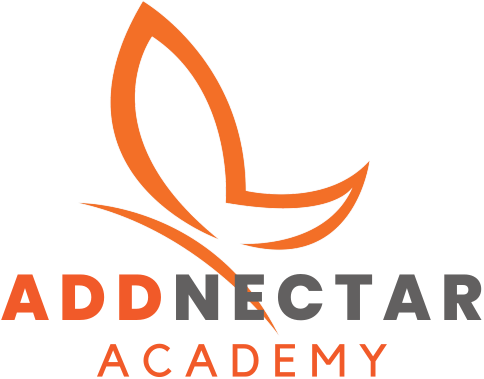Feeling overwhelmed by the vast array of design software choices? Breathe easy, aspiring designer! This blog post is your roadmap, guiding you through the core functionalities of three industry-standard programs: Adobe Photoshop, Adobe Illustrator, and Adobe InDesign.
1. Adobe Photoshop: Your Digital Darkroom and Art Studio
Imagine Photoshop as a powerful combination of a photo editing suite and a digital art studio. It excels at manipulating raster images (made of pixels), making it perfect for a variety of design tasks:
Photo Editing Mastery: Enhance photos, adjust lighting and color with precision tools, remove unwanted elements, and create artistic effects to transform your images.
Image Compositing Magic: Combine multiple photos seamlessly to create fantastical landscapes, product mockups, or unique marketing visuals.
Graphic Design Element Creation: Design website elements like buttons and icons, social media graphics, or even simple web layouts using Photoshop’s robust toolset.
Getting Started with Photoshop:
- Understanding the Workspace: Familiarize yourself with the user interface – tools, panels (like the Layers panel and the Tools panel), and menus to navigate efficiently.
- Essential Tools for Editing: Master the basic tools like the crop tool for resizing images, the healing brush for removing imperfections, and selection tools for isolating specific areas of your image for targeted editing.
- Layers: The Foundation of Non-Destructive Editing: Layers are like transparent sheets stacked on top of each other. They allow you to edit each layer independently without affecting the underlying ones, giving you flexibility and creative control.
Beyond the Basics of Photoshop:
- Advanced Editing Techniques: Explore features like layer masks (for precise control over image visibility), filters (for artistic effects), and blending modes (for combining layers with unique visual outcomes) to unlock your creative potential.
- Text Editing Capabilities: While not its primary focus, Photoshop allows for basic text editing for headlines, short descriptions within graphics, or creating simple website buttons with text.
2. Adobe Illustrator: The Realm of Vector Graphics
If your design passion lies in creating logos, icons, or illustrations with clean lines and endless scalability, then Illustrator is your champion. Unlike Photoshop, Illustrator works with vector graphics, which are based on mathematical paths. This makes them infinitely scalable without losing quality, allowing you to resize them to any size without compromising detail.
What can you create with Illustrator?
Logos and Branding Elements: Design sharp, crisp logos, icons, and other branding elements that can be resized for any use case, from a tiny app icon to a giant billboard, while maintaining perfect quality.
Scalable Illustrations: Create beautiful and scalable illustrations for websites, marketing materials, packaging designs, or even children’s book illustrations.
- Typography and Text Effects: Design custom typography for logos or branding, and apply artistic text effects like gradients or outlines for a unique and visually striking look.
- Getting Started with Illustrator:
- The Workspace Breakdown: Explore the interface and understand the tools specific to vector graphics creation, such as the pen tool for creating precise paths and shape tools for crafting basic geometric shapes.
- Mastering the Pen Tool: This powerful tool allows you to create custom shapes by defining anchor points and curves, forming the foundation of your vector artwork.
- Working with Fills and Strokes: Apply colors, gradients, or patterns (fills) to your shapes to bring them to life. Control the outline thickness and appearance (strokes) for a polished look.
Unveiling Illustrator’s Potential:
- Pathfinder Panel Power: This panel offers a treasure trove of tools for combining, splitting, and modifying vector shapes. Use it to create complex shapes from simpler ones, expanding your creative possibilities.
- Symbols and Styles for Efficiency: Create reusable symbols for logos or design elements to streamline your workflow and maintain design consistency. Manage style guides for consistent branding across various design projects.
3. Adobe InDesign: The Maestro of Page Layout
InDesign is the undisputed leader in creating multi-page documents like magazines, brochures, posters, and even ebooks. It excels at combining text, images, and graphics to create visually stunning layouts with precise control over typography.
What can you create with InDesign?
- Professional-Looking Magazines and Brochures: Design polished magazines, brochures, and other multi-page documents with a focus on layout and typography, perfect for showcasing your creativity and communicating information effectively.
- E-books and Interactive PDFs: Create interactive e-books with embedded multimedia or polished PDFs for presentations, reports, or client proposals.
- Eye-Catching Posters and Flyers: Design impactful posters, flyers, and other marketing materials that grab attention and communicate your message clearly

